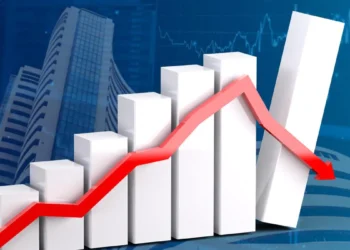The global energy market is witnessing a significant upheaval as crude oil supplies continue to dwindle amidst surging demand. A recent report from Reuters, dated July 31, has shed light on the growing disparity between supply and demand, primarily influenced by supply cuts implemented by the Organization of the Petroleum Exporting Countries (OPEC), especially from key producer Saudi Arabia. This article delves into the reasons behind the supply shortage and how analysts foresee a potential surge in oil prices in the near future.
Supply Cuts by OPEC:
The current crunch in crude oil supplies can be largely attributed to the strategic supply cuts orchestrated by OPEC, with Saudi Arabia playing a pivotal role in implementing these reductions. The International Energy Agency (IEA) and OPEC had earlier projected that oil demand would outpace supply in 2023, resulting in significant inventory draws amounting to 400,000 to 500,000 barrels per day (bpd) – a shortfall that is predominantly anticipated during the second half of the year.
Analysts’ Perspectives:
Financial analysts have been closely observing the situation, and their views align with the projections made by IEA and OPEC. According to a statement quoted in the Reuters report, JP Morgan analysts believe that the voluntary supply cuts announced by eight OPEC+ countries in April, combined with the additional 1 million bpd unilateral cut initiated by Saudi Arabia in July, have started to yield the desired results. The scarcity of sour barrels – a type of crude oil – has become more evident in the market.
Contributing Factors to the Supply Shortage:
The supply strain has further intensified due to increased driving and flying activities during the summer months, leading to heightened demand for fuel. As a result, refineries are grappling with the challenge of keeping up with the rising demand. Adding to the complexity, Russian crude supplies experienced a notable drop in July 2023, exacerbating the already precarious supply situation.
Rising Oil Prices:
When demand surpasses supply, prices inevitably rise, and this scenario is no exception. Analysts expect the recent surge in crude oil prices to continue its upward trajectory due to the prevailing supply constraints. The combination of OPEC’s strategic supply cuts and the surge in summer demand is propelling oil prices to new heights, causing concerns for both consumers and businesses worldwide.
Bottom Line
The current global crude oil market is undergoing a period of heightened volatility, with supplies dwindling while demand remains robust. OPEC’s supply cuts, particularly Saudi Arabia’s significant contribution, have created a substantial gap between supply and demand. As a consequence, analysts predict that crude oil prices will continue to surge, impacting various sectors and prompting nations to carefully assess their energy policies in response to the evolving market dynamics.










